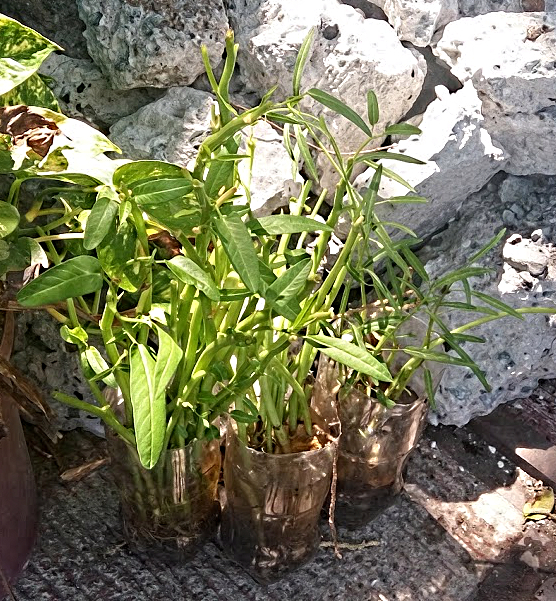There are these two big, clear-glass jars that I’ve long refused to throw away, but allowed to just lie around the house because we couldn’t decide what to use them for.
These jars are at least 50 years old, probably manufactured ca. 1950s, perhaps even earlier. I remember my Lola Itang used one such jar for her magickal liniments of garlic and ginger soaked in coconut oil and kerosene, which she used as remedy for miscellaneous muscle, joint, and tummy aches. I remember the other jar was formerly the fuel base container for a gas-lit lamp. The rusty tin caps have long been discarded.
Continue reading “My aquatic micro-ecosystem”

